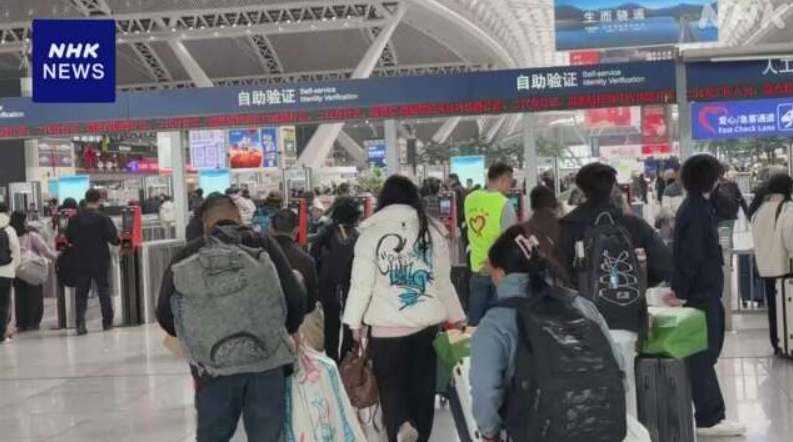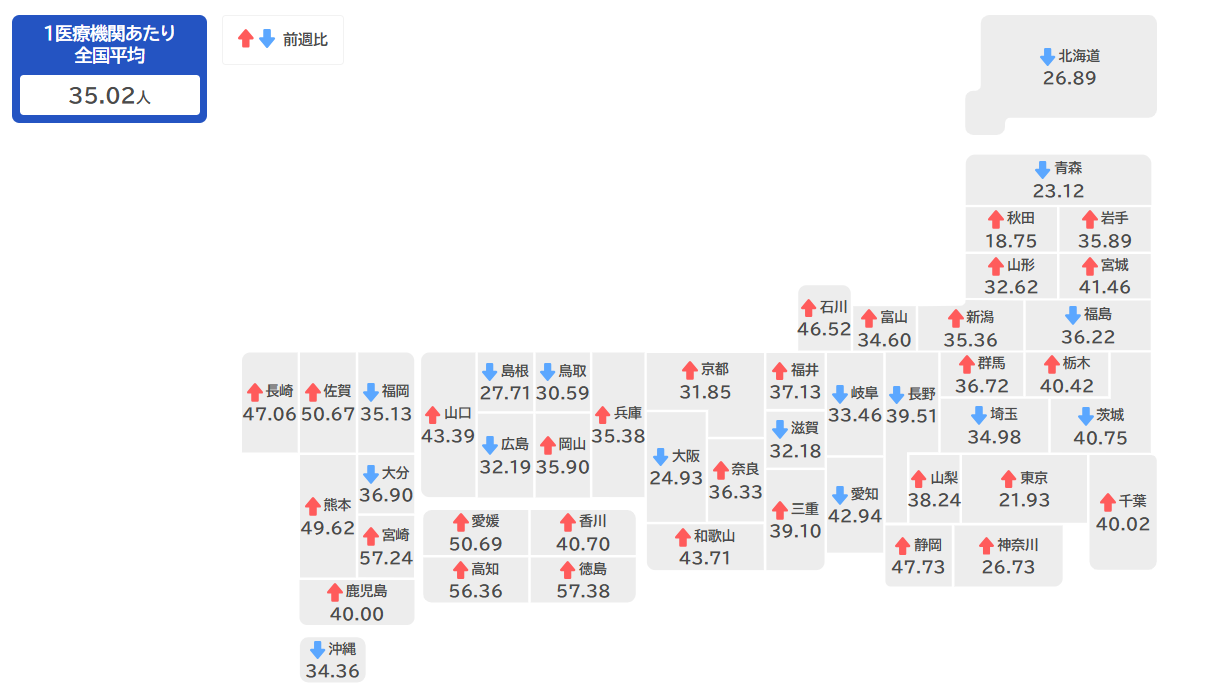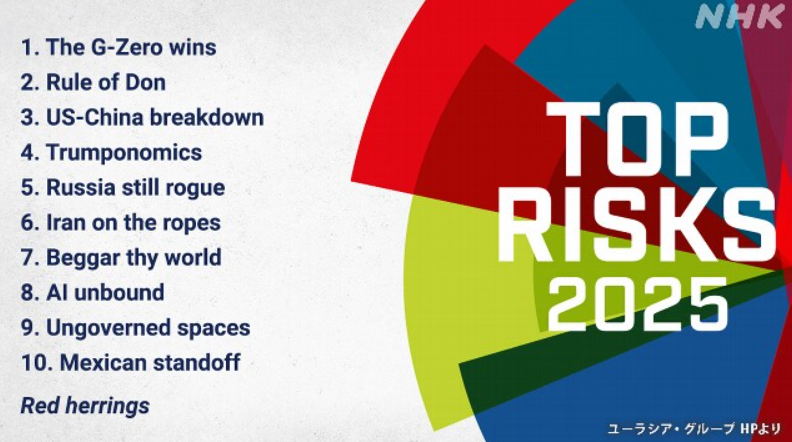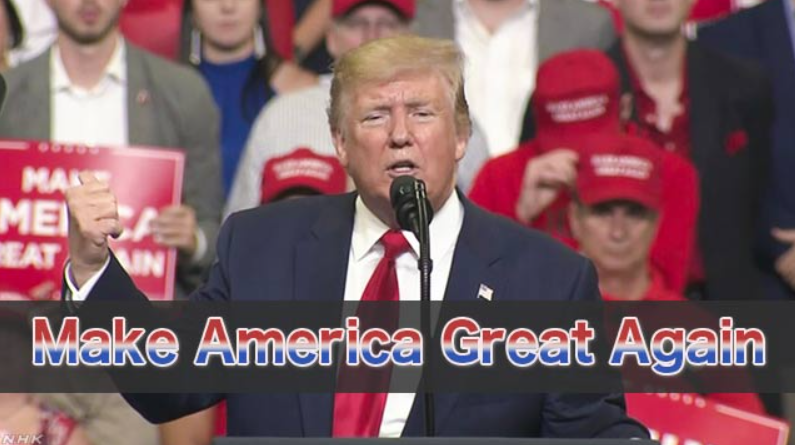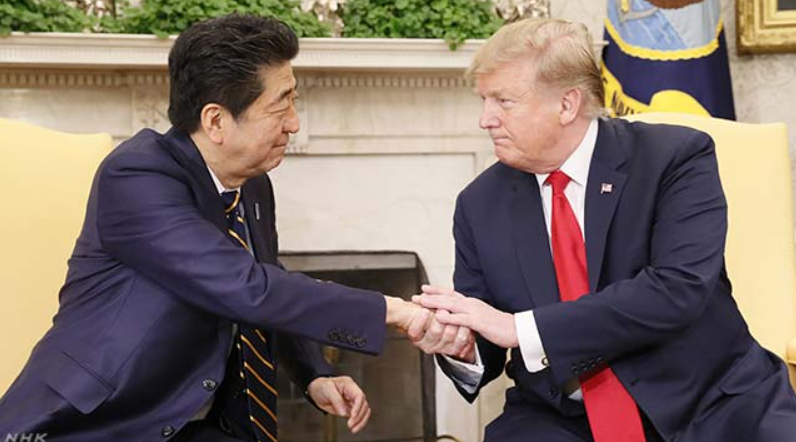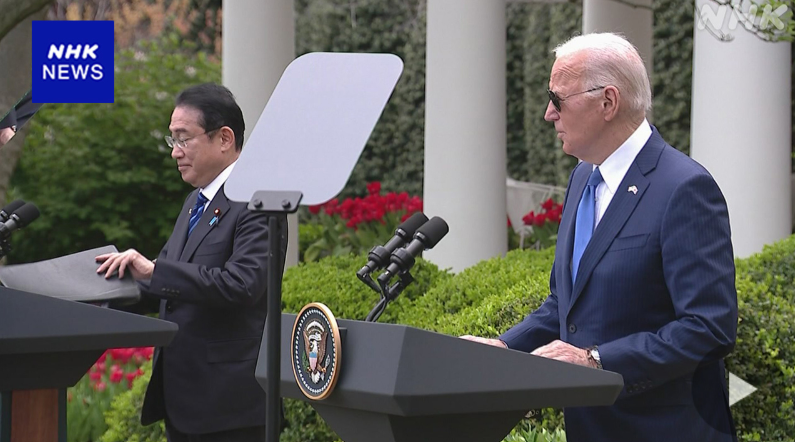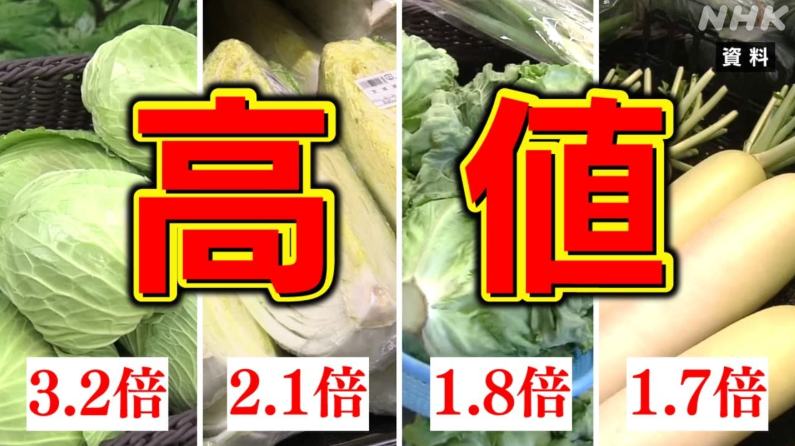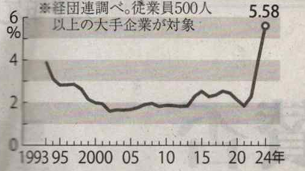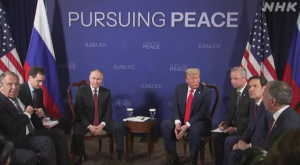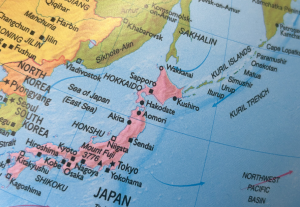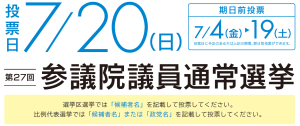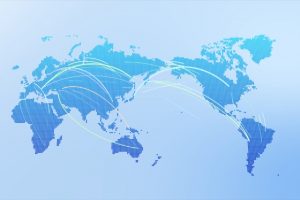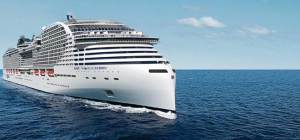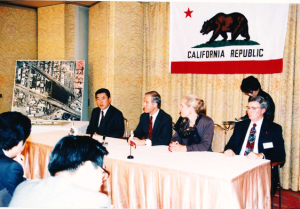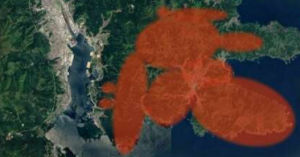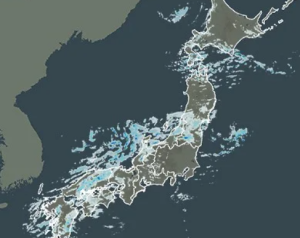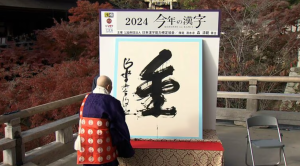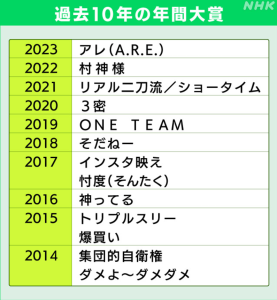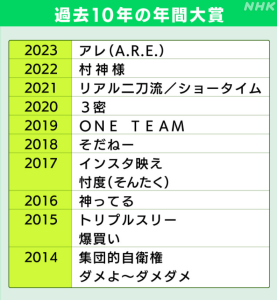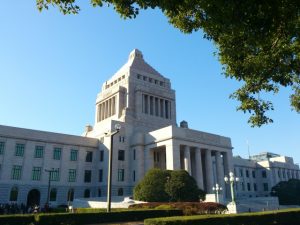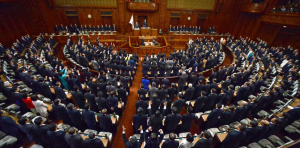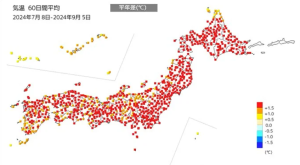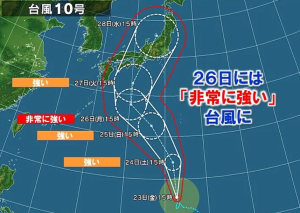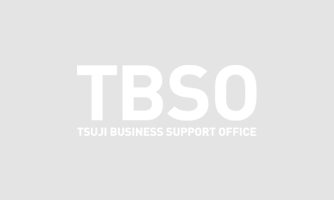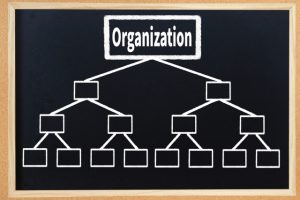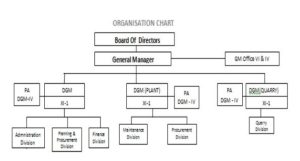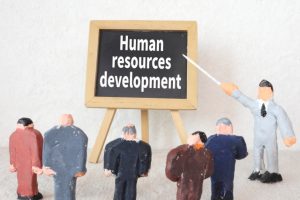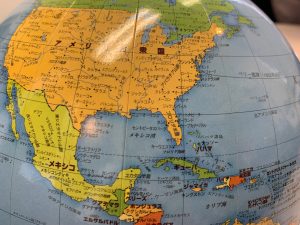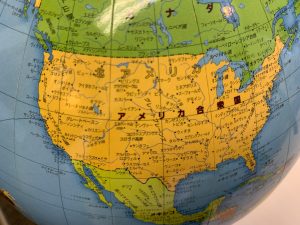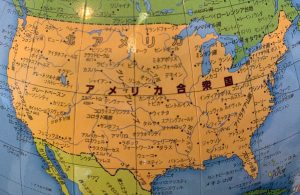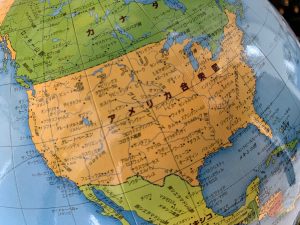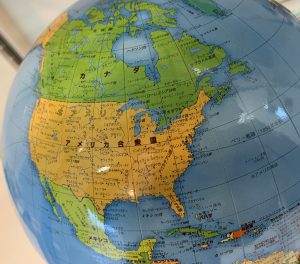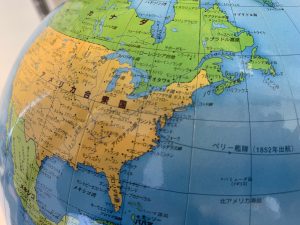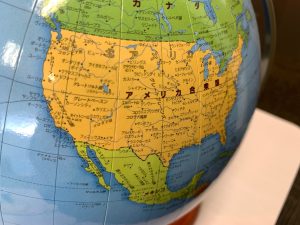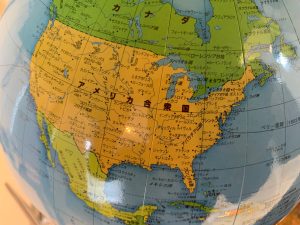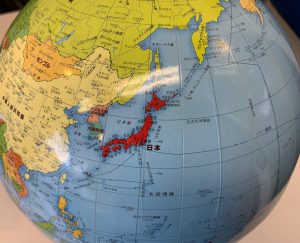Re: A news item and subject which I just want to check out (160) January 24, 2025
Without even feeling like we exchanged greetings “Happy New Year” just the other day, Little New Year (January 15) and the Coldest Season (January 20) have already passed.
And the next will be Chinese New Year. This year, it is 8 consecutive holidays from January 28 (Tuesday) to February 4 (Tuesday). In Asian countries where many overseas Chinese live, economic activity almost stops during this period. And a lot of tourists come to Japan which is highly popular to them. Among them, a sharp increase of Chinese tourists is expected, because the visa issuance requirements for Chinese nationals were relaxed on December 25, 2024. Incidentally, the total number of foreign visitors to Japan was 36.86 million and the number of Chinese visitors to Japan was 6.981 million (about 1.9 times compared to the previous year). Further increase is expected this year.
On the other hand, influenza is prevalent. The Ministry of Health, Labor and Welfare has issued alert levels on January 17 for 4 consecutive weeks. It is said that A-type influenza (H1N1) accounting for more than 90 % of current infection has almost reached its peak, but if other type virus spreads, there is a risk that the infection will spread again. It is said that basic measures such as hand washing and gargling are important to prevent the infection. Let’s be careful.
And not only among humans, but bird influenza is also surging rapidly. It is said that as of January 21, the situation has surpassed the worst-ever record for January, reaching a critical level. Therefore, the price of chicken eggs has risen by about 20 % compared to normal years, and there are concerns about further impacts in the future.
■■What I have recently thought and focused on:
■The top 10 global risks for 2025 pointed out by Eurasia Group:
Eurasia Group, American politics risk investigation company, published the top 10 global risks for 2025 on January 6. According to this, ①Increasingly chaotic G-Zero (non-polar) world or leadership vacuum by major powers ②Rule of Trump ③US-China breakdown ④Russia still rogue ⑤Trumponomics ⑥Iran on the ropes ⑦Imposition of negativity on the global economy ⑧AI unbound ⑨Expanding the spaces without governance ⑩Confrontation between the U.S. and Mexico.
Most of the above risks are related to President Trump’s policies and qualities directly and indirectly. In other words, the root of the biggest risk for 2025 is him, and it indicates that predictions are difficult, in other words, “a toss-up”.
■Mr. Trump returns to the presidency of the United States:
Mr. Trump was inaugurated as the 47th president of the United States on January 20, and the ceremony took place at the United States Capitol in Washington. In his inaugural address, he mentioned rising from the humiliation of the previous election defeat and the assassination incident, and said that “I believe that my life was saved for a reason and I was saved by God to make America great again”, and putting “America first in every day of the administration”, declared that “from this moment, the decline of the United States ends”. And right after the inauguration, he signed executive orders covering a wide range of areas such as domestic affairs, economy, diplomacy and so on, and showed a willingness to move his policies into immediate implementation. This is a rejection of most of his predecessor’s (President Biden) line and “turning back the clock”. I was reminded once again that how immense the power of the president of the United States and “losing a presidential election can have significant consequences” in the United States.
By the way, Mr. Trump is an unconventional person who does not have common sense or convention. In baseball terms, he is a “wild-pitch” specialist, and we can’t predict where he is going to pitch. That is a complete 180-degree shift from the previous policy such as diplomacy and immigration policy, environmental issues (global warming) and energy policy, withdrawal from international organizations like the World Health Organization (WHO)and whether or not to remain in the World Trade Organization (WTO), abolition of DEI (Diversity, Equity and Inclusion), only male and female genders are valid, and so on. On the other hand, in regard to tariff, he decided to apply 25 % to Canada and Mexico starting on February 1 right on schedule. And he is said to be considering an additional 10 % tariff on China that is the largest trading partner contributing to the trade deficit as well, but it seems to me that he will avoid decisive confrontations and breakdowns, because to achieve a ceasefire in Ukraine, China’s cooperation is essential for negotiations with Russia.
How will Japan respond to such Trump administration in the future? Looking back, for the first Trump administration (from 2017 to 2021), the late Prime Minister Abe showed his flair and got close to him quickly, and developed a close relationship that sometimes he even remonstrated with Mr. Trump. For Biden administration (from January 20, 2021 to January 20, 2025), former Prime Minster Suga and former Prime Minister Kishida (from September 16, 2021 to October 1, 2024) maintained stable and good Japan-U.S. relations. It was lucky that President Biden was liberal and emphasized international relations.
And in President Trump’s case? In terms of national security, Japan-U.S. cooperation is essential. But for other subjects, for instance, global warming countermeasures and trade policy, DEI and so on, I think that Japan should not follow the United States and should cooperate with Europe and Asian countries and maintain the current direction. Japan can’t exist without a free trade system. And in order to overcome Japan’s unique problems such as declining birthrate and aging population, both the public and private sector need to adopt a uniquely Japanese approach.
By the way, one of the major differences between the governance structures of Japan and the United States is that many of the key cabinet members in the Trump administration come from the private sector and they are people who have achieved results through economic activities. His basic stance is deal, because he has a lot of experience in the real estate industry. And this time, he is also set to “take drastic measures” regarding the conduct of government officials. Considering such things, I think that in policy planning and execution, instead of relying solely on traditional politicians and government officials, we should make better use of private sector talent and connections, and combine the power of the public and private sectors and approach with all-out effort.
■The cost of living and a wage increase:
This year’s annual spring labor offensive has begun. The government has set “a virtuous cycle of wages and prices” as a policy goal. The cost of living is steadily increasing as a real feeling of life. In particular, rice (about 2 times), cabbage (about 3 times), Chinese cabbage (about 2 times) and fruits (highest value for 5 consecutive years) have risen significantly due to last summer’s record-breaking heat wave, recent cold wave and damage by stink bugs. And according to Teikoku Databank, the number of items that major food manufacturers are intending to increase prices this year seems to be about 20,000 increased by about 60 % compared to the last year. On the other hand, real wages can’t keep up with rising prices and have been decreasing for 4 consecutive months up to November 2024.
This year’s wage increase goal of Trade Union Confederation is that in case of large companies more than 5 % and in case of small and medium-sized enterprises more than 6 %. The focus is on wage trends among small and medium-sized enterprises accounting for about 70 % of all employees. Large companies have a labor distribution rate of over 40 %, while small and medium-sized enterprises reach rates in the 70 % range. Small and medium-sized enterprises have limited capacity of wage increases and their wage increase rate is widening the gap with large companies (1.5 times). The key is to improve productivity and passing on the price of labor costs and law material costs. According to the Small and Medium Enterprise Agency, the average price pass-through across all industries from September to November 2024 is 45 % and in case of small and medium-sized enterprises, less than 30 % is 34 % and 17 % of companies are completely unable to pass on costs. The underlying cause is an environment marked by intense competition among a lot of small and micro-sized enterprises. If real wages don’t outpace rising prices, it may lead to “a vicious cycle of wages and prices”.

